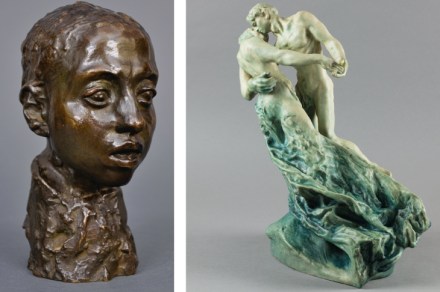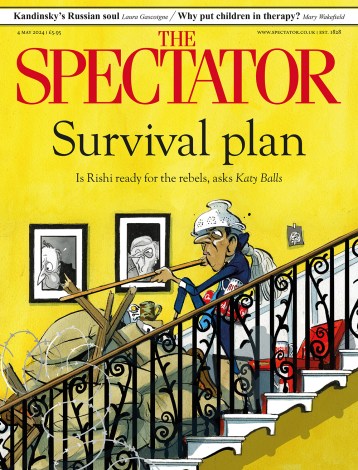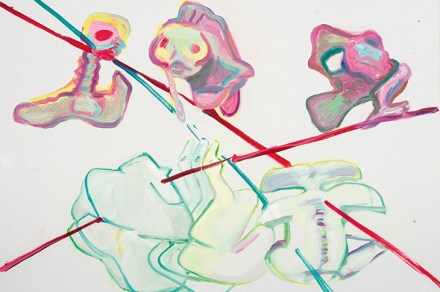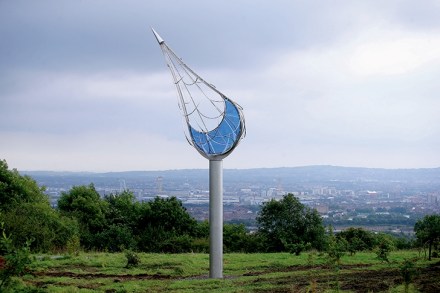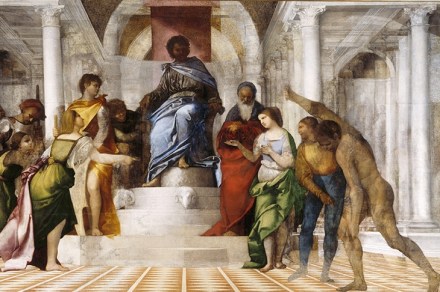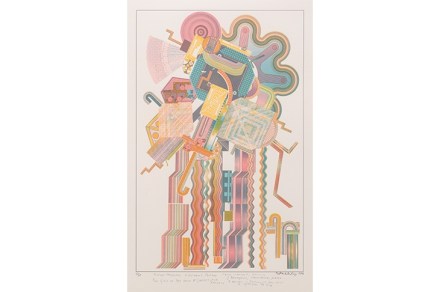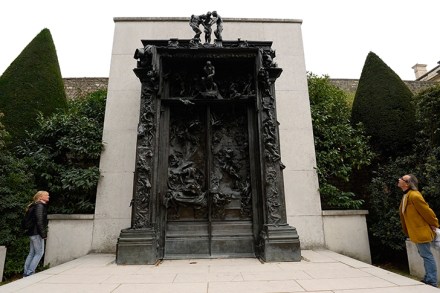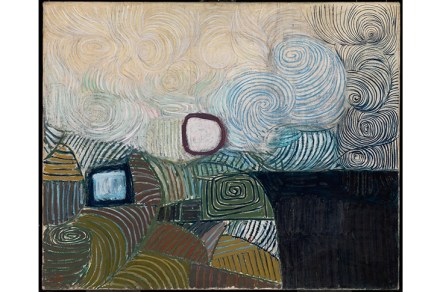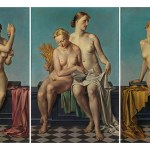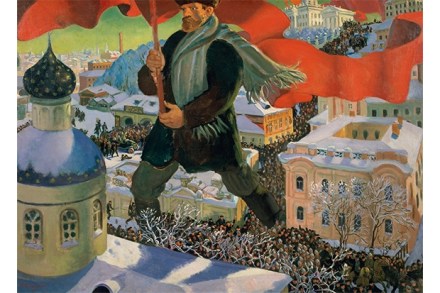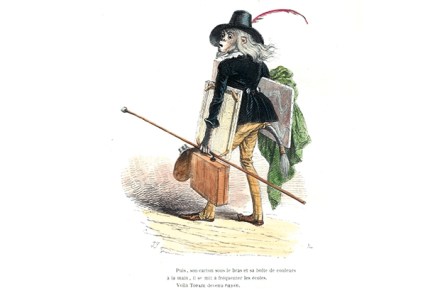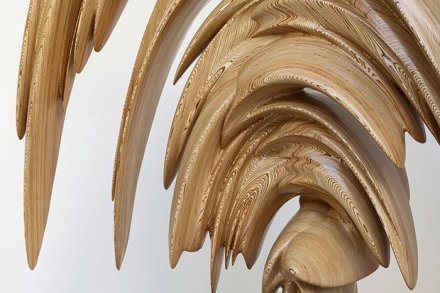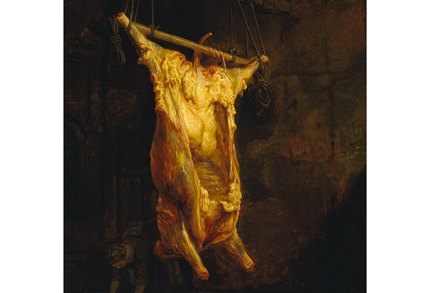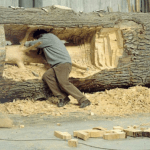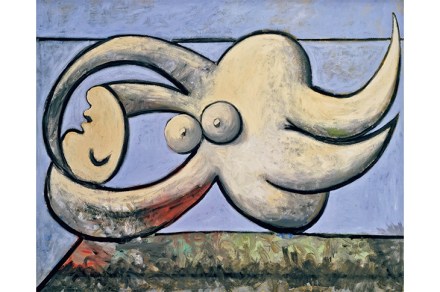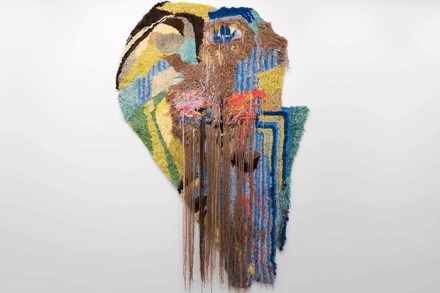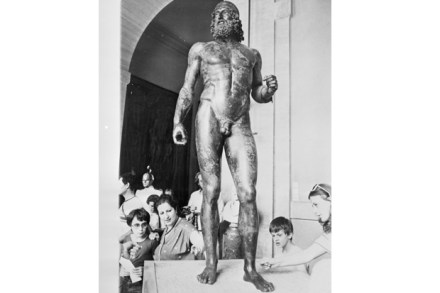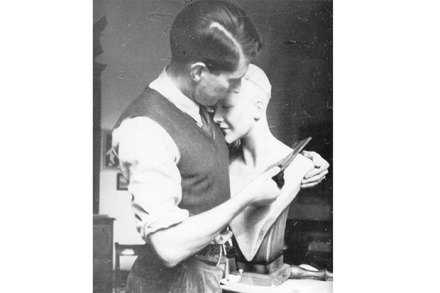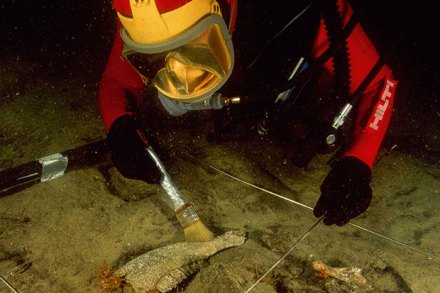A woman of genius
‘Your favourite virtue?’ ‘I don’t have any: they are all boring,’ wrote the 21-year-old Camille Claudel in a Victorian album belonging to an English friend in 1886. The remark perfectly matches the photograph of the aspiring sculptor taken two years earlier by César: childlike, sullen, attitudinous, beautiful. Claudel was in England on a break from working in Auguste Rodin’s studio, where she had been taken on as an assistant in 1884. She had met Rodin through her mentor Alfred Boucher, who discovered her precocious teenage talent on a visit to his hometown of Nogent-sur-Seine in the 1870s, and continued to supervise her subsequent studies in Paris. When Boucher left for
